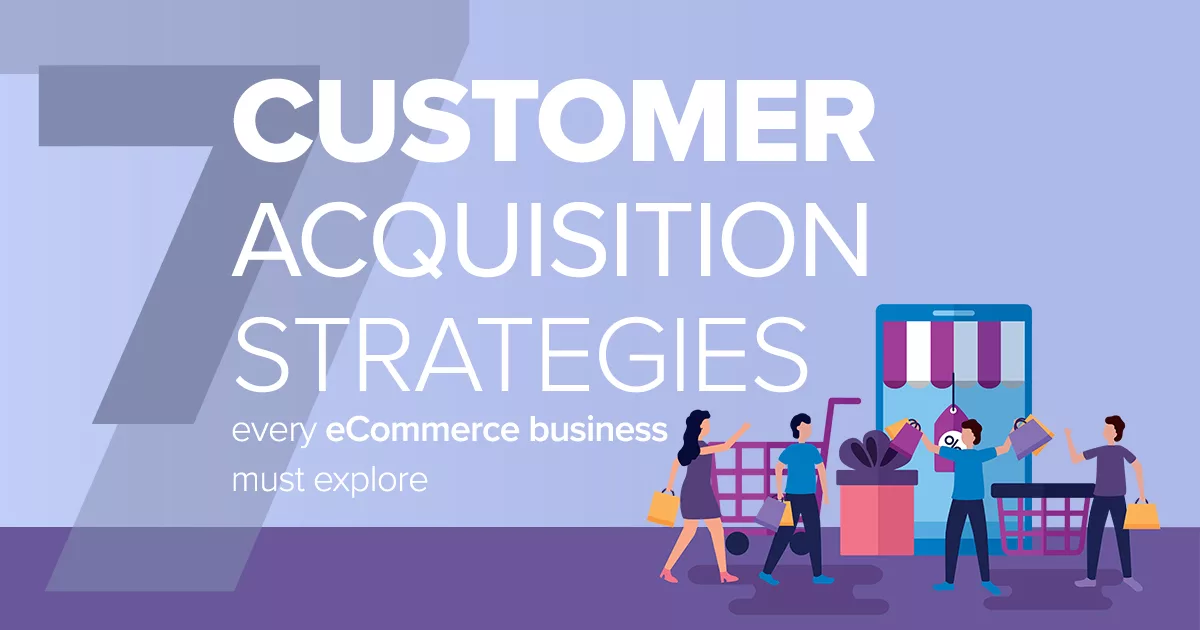The Role Of Supply Chain Management In Your eCommerce Business

In the digital era where the term ‘Customer is King/Queen’ is highlighted and abided, even more than ever, it’s fundamental for businesses to meet the customer’s expectations around the clock to beat out the ruthless competition. The game of getting customers online for your business has become more complex and beyond having a website with aesthetic templates and features. From same-day delivery to tracking of inventory to secure payment gateways, there are lots of levels eCommerce businesses pass through to win the trust of their customers and get ahead in their respective industries.
Although, there are numerous metrics through which enterprises can streamline their online businesses. However, this blog is focused on Supply Chain Management which is one of the most crucial aspects that enterprises need to strengthen to create a better relationship with customers and solidify their performance.
So, let’s dive from the beginning.
What is Supply Chain Management?
Supply chain management is a well-connected series of steps that a product/service goes through till it reaches the end customer. Procuring the raw material, designing, inventory, packaging, and lastly, making it available for sale, everything falls under the category of supply chain and thus making it one of the crucial elements in the success of the business.
Understand through an example. If you are reading this blog on your laptop/computer device, the mouse on your right side (assuming you are a right-hand man/woman) has gone through various steps before reaching under your palms. Refer to the image below to understand the journey of your tiny mouse.
Back in older times, the products and services supply are determined based on demand generated by the consumers in the brick-and-mortar stores. During those days, the demand and supply were comparatively less and done from their own warehouse, making it an easy code to crack for business owners to make assumptions and monitor their inventory levels.
In today’s eCommerce businesses, a mass volume of inventory is involved which is somehow complicated to aftermath by a human mind. Also, most e-Commerce businesses outsource inventory to a larger wholesaler in order to decrease the risk factor. This makes a genuine need for Supply Chain Management for modern eCommerce businesses.
What can effective supply chain management do for your business?
- Better efficiency
No matter what industry your business belongs to, there is a genuine need to adopt new strategies and execute innovative activities per the latest industry trends. Utilization of supply chain management provides users with a bird-eye view of business which helps them make better predictions and adjust better according to the industry challenges.
- Real-time communication
There is a genuine need for robust interconnection between the producers, manufacturers, stockiest, and customers, all of whom are active participants in the supply chain. Supply chain management offers real-time communication with all the participants that help in making the process transparent and connectivity at all levels.
- Achieving customer satisfaction
A great review from a happy customer can get you several more customers, whereas a bad one can create a question mark on your brand reputation, even for your existing ones. Reality. Right? It has become more important than ever to keep your customers happy as everyone has access to communicate about your brand across all platforms. Having a flawlessly functioning supply chain management helps businesses to meet customer demands as per their requirements which, in return, retains them to stick with the brand.
- Constant improvement
There is a genuine need for businesses to constantly work on their operations in order to become better and more effective than their previous self. Supply chain management gives a reality check to enterprises and makes them aware of potential problems that can occur in the future. Common problematic areas in eCommerce businesses, such as delays, extra costs, production faults, and other possible issues can be diagnosed earlier and help businesses to move ahead with a refined approach.
- Cost-effectiveness
Funds are the lifeblood of businesses and are required in almost all facets of operations. Improved Supply Chain Management is directly proportionate to reducing the operating cost for business and reducing spending chunks of money. Using the tools of SCM, the business manager can stock supplies as per the demand needs and save up the warehouse space. Businesses get better positioned to control their costs due to getting complete insights into the areas of order frequency.
How are we helping businesses with eCommfy?
eCommfy is our SaaS-based eCommerce platform built on the latest technology frameworks with multiple modules for handling complete eCommerce operations for all kinds/sizes of businesses.
It is developed to deliver business solutions for enterprises in areas like Client Management systems, Order Management systems, Payment/Shipping/Tax Integrations, and more tools that can cut down time-consuming tasks. Get in touch with our team to experience the best of eCommerce that guarantees more customers and less burden.
Subscribe to our Blog
Read our newly created blogs delivered straight to your inbox.


